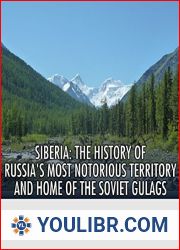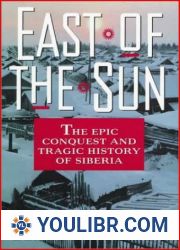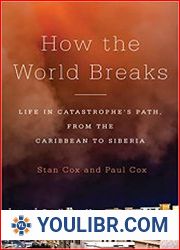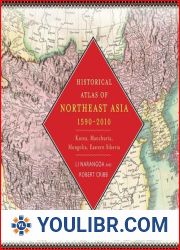
BOOKS - Siberia: The History of Russia's Most Notorious Territory and Home of the Sov...


US $6.78

212630

212630
Siberia: The History of Russia's Most Notorious Territory and Home of the Soviet Gulags
Author: Jesse Harasta
Year: July 7, 2015
Format: PDF
File size: PDF 2.8 MB
Language: English
Year: July 7, 2015
Format: PDF
File size: PDF 2.8 MB
Language: English
*Includes pictures*Details the history, climate, and geography of the region and the culture of its indigenous peoples*Includes footnotes, online resources and a bibliography for further reading*Includes a table of contents"Have you heard of the illness hysteria siberiana? Try to imagine You're a farmer, living all alone on the Siberian tundra. Day after day you plow your fields. As far as the eye can see, nothing. To the north, the horizon, to the east, the horizon, to the south, to the west, more of the same. Every morning, when the sun rises in the east, you go out to work in your fields. When it's directly overhead, you take a break for lunch. When it sinks in the west, you go home to sleep. And then one day, something inside you dies. Day after day you watch the sun rise in the east, pass across the sky, then sink in the west, and something breaks inside you and dies. You toss your plow aside and, your head completely empty of thought, begin walking toward the west. Heading toward a land that lies west of the sun. Like someone, possessed, you walk on, day after day, not eating or drinking, until you collapse on the ground and die. That's hysteria siberiana." - Haruki Murakami, South of the Border, West of the SunAlthough Russia has long been considered part of Europe, it has always had a culture so distinct and a history so different that it is still foreign to Western Europe in many ways. Naturally, this sense of otherness has lent an aura of intrigue and mystique to Russia as people have struggled to understand it. Over the long course of Russian history, perhaps no aspect of the giant country has generated interest quite like Siberia, the easternmost part of Russia that lies in Asia. Generally speaking, all that is widely known about Siberia is that it is really big and really cold, which, to be fair, are good starting points for a deeper exploration of this fascinating region. The name and "Siberia and " comes to English from Russian and was originally from the word and "Sibir and ", a fortress of the Tatar people which was located on the Tobol and Irtysh Rivers . However, it referred more generally to the Khanate of Sibir, the land just east of the Urals that served as the gateway to a network of rivers that stretched all the way to the Pacific in the far east. Hence, it eventually gave its name to that entire region.Despite making up nearly 66% of the country, Siberia is only inhabited by 40 million people, making it one of the most sparsely populated places on the planet. Given its brutal climate and the strategic depth offered by the region, it should perhaps come as no surprise that the region is best known today for being the location where political prisoners were sent to the infamous Russian labor The History of Russia's Most Notorious Territory and Home of the Soviet Gulags details the history of Siberia over the centuries. Along with pictures of important people, places, and events, you will learn about Siberia like never before, in no time at all.














































